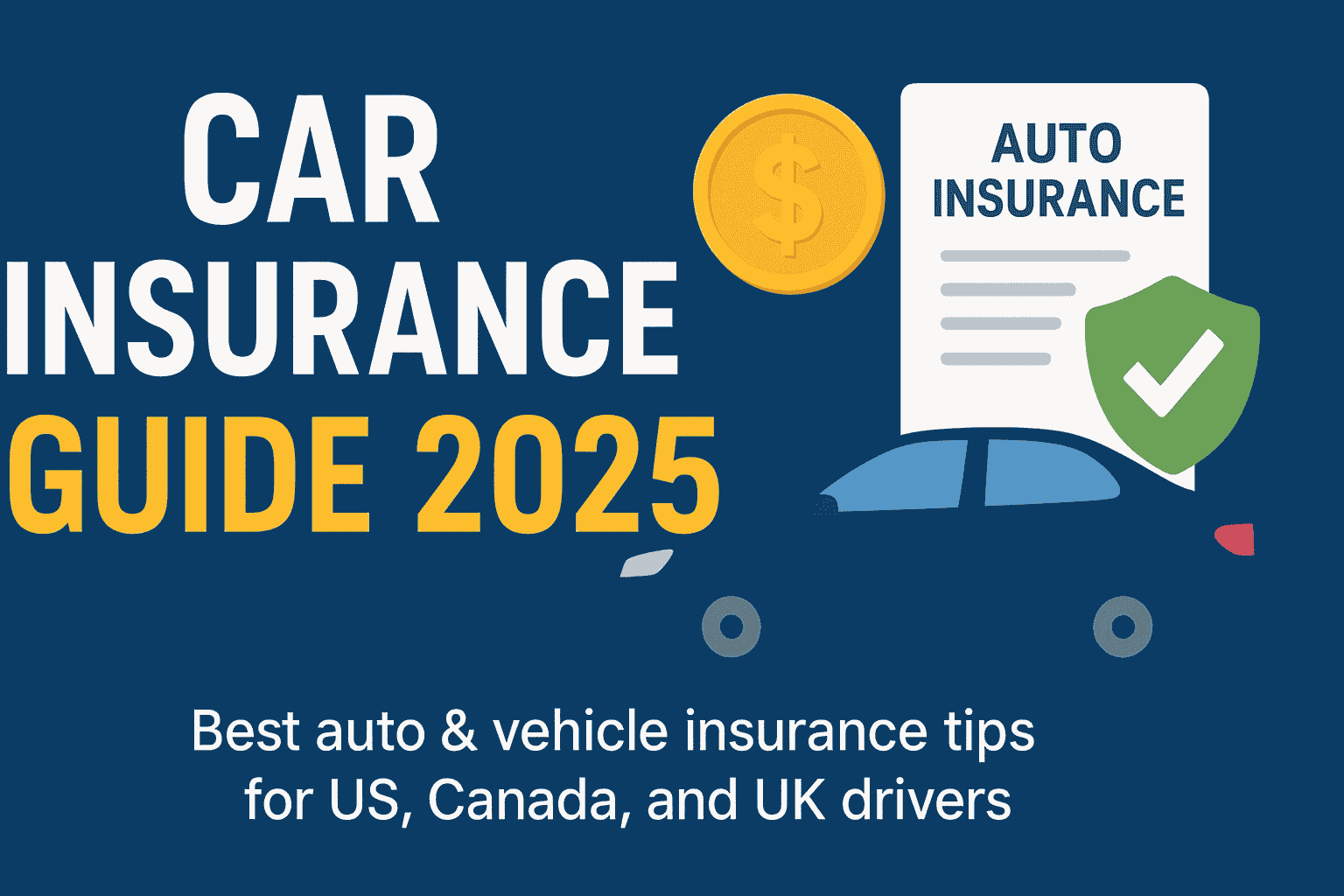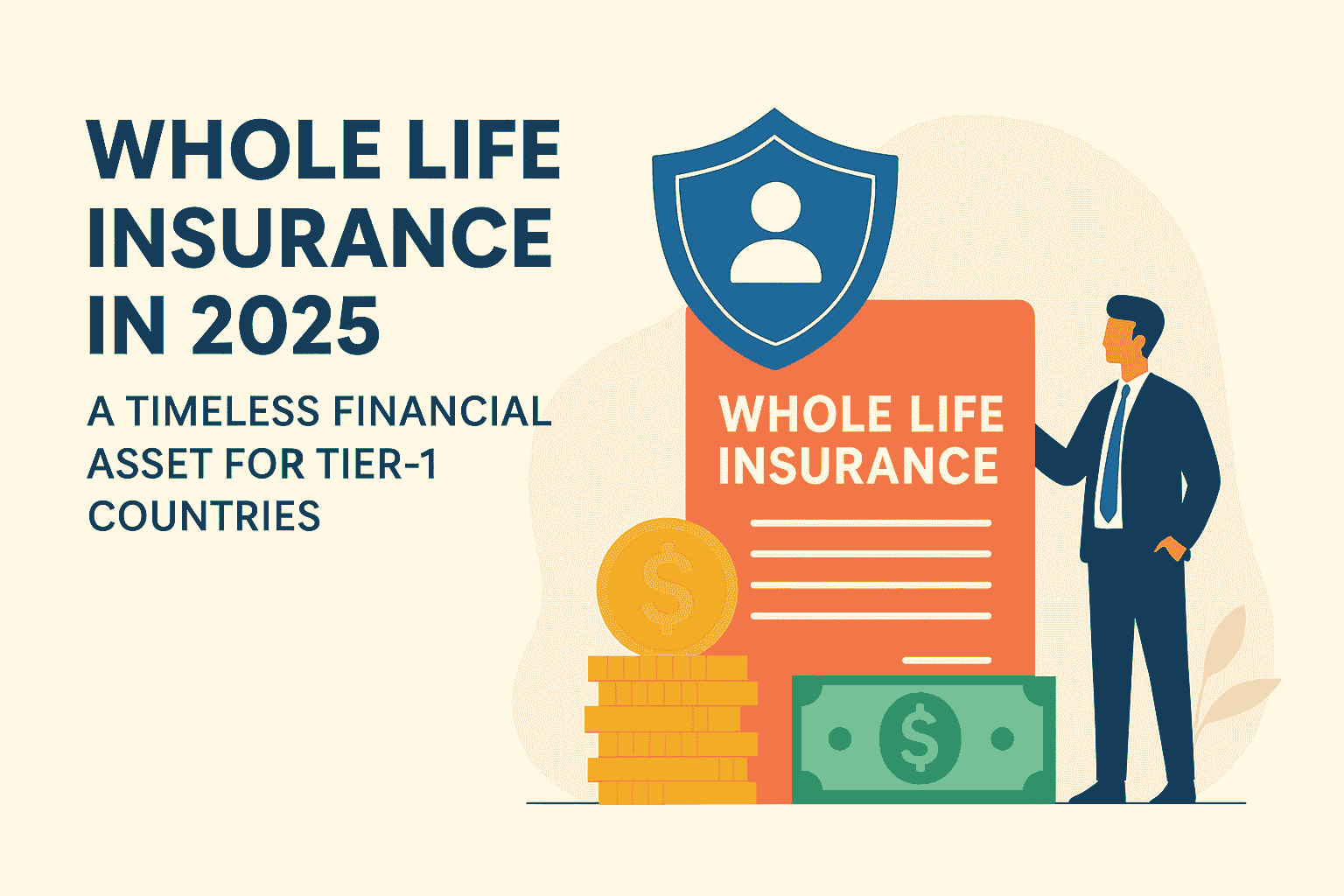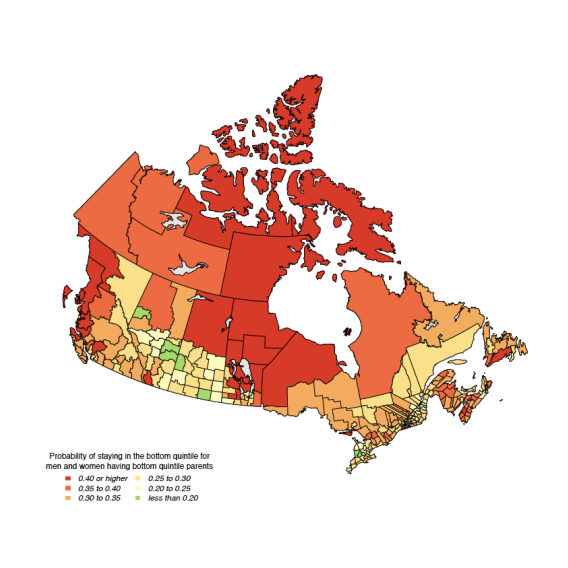Car Insurance Guide 2025: Everything You Need to Know About Vehicle Insurance
Auto insurance is one of those things that every driver in the US, Canada, or the UK needs, but not everyone fully understands. When people search for auto insurance or vehicle insurance, they’re usually looking for more than just a cheap policy — they want to know how it works, how much coverage they actually need, and how to avoid paying too much. This complete guide breaks down car insurance in simple terms, explains how policies differ in North America and the UK, and shows you how to make smart choices for your budget and protection.
What Is Auto Insurance and Why Do You Need It?
Auto insurance, also called vehicle insurance or car insurance, is a financial agreement between you and your insurance company. You pay a monthly or yearly premium, and in return, the insurer promises to cover certain costs if your car is damaged, stolen, or involved in an accident.
- In the US, every state (except New Hampshire) requires at least some form of liability insurance.
- In Canada, each province has its own rules, with mandatory liability coverage and varying limits.
- In the UK, third-party car insurance is a legal requirement before you can drive on the road.
Without proper coverage, you risk huge financial losses, legal penalties, and in some cases, even losing your license. Auto insurance protects not just your vehicle, but also your savings, health, and peace of mind.
Types of Auto Insurance Coverage Explained
Understanding the different types of auto insurance is key to choosing the right policy. Here’s a breakdown of the most common types of vehicle insurance coverage:
1. Liability Coverage (Mandatory in Most Places)
- Covers injuries and damages you cause to others.
- Required in almost all US states, all Canadian provinces, and across the UK.
2. Collision Coverage
- Pays for damage to your car in a crash, regardless of who’s at fault.
- Often optional but highly recommended for new or financed cars.
3. Comprehensive Coverage
- Protects against non-collision events: theft, fire, floods, vandalism, or falling objects.
- Popular for drivers worried about extreme weather or high theft areas.
4. Personal Injury Protection (PIP) or Medical Payments
- Covers medical costs for you and your passengers after an accident.
- Known as “no-fault insurance” in some US states.
5. Uninsured/Underinsured Motorist Coverage
- Protects you if you’re hit by someone without enough coverage.
- Especially important in areas with high rates of uninsured drivers.
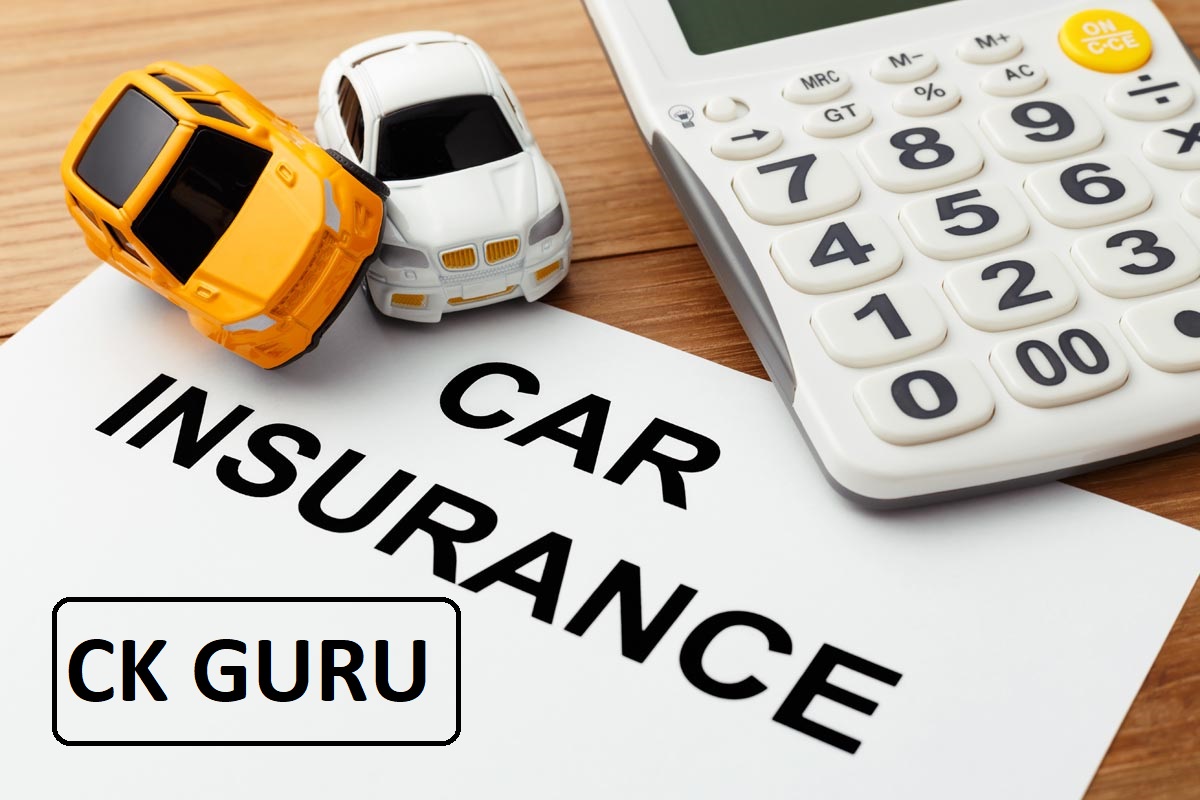
How Much Does Car Insurance Cost in 2025?
Car insurance rates vary widely depending on where you live, your driving history, and the type of car you own.
- United States: Average annual premium in 2025 is expected to range from $1,600 to $2,400 depending on state and coverage.
- Canada: Car insurance costs typically fall between CAD $1,200 and CAD $2,000 per year, with Ontario and British Columbia being the most expensive provinces.
- United Kingdom: The average annual premium in 2025 is about £600 to £850, though younger drivers often pay significantly more.
Factors That Impact Your Insurance Cost
- Age and driving experience
- Type of vehicle (luxury cars cost more)
- Credit score (US and some Canadian provinces)
- Location (urban vs. rural)
- Claim history and accident record
💡 Tip: Always compare multiple quotes online before settling on one insurer. Even small differences in coverage terms can lead to big savings.
Car Insurance Rules: US vs. Canada vs. UK
Although car insurance is mandatory in all three regions, the rules differ:
- US: Each state sets its own minimum coverage limits. For example, California’s requirements differ from Texas or New York.
- Canada: Provinces like Ontario have strict insurance regulations, while Quebec has a mix of public and private insurance.
- UK: Drivers must have at least third-party coverage, with optional upgrades for comprehensive or third-party fire & theft.
Knowing the local requirements ensures you’re not paying for unnecessary coverage — or worse, breaking the law by being underinsured.
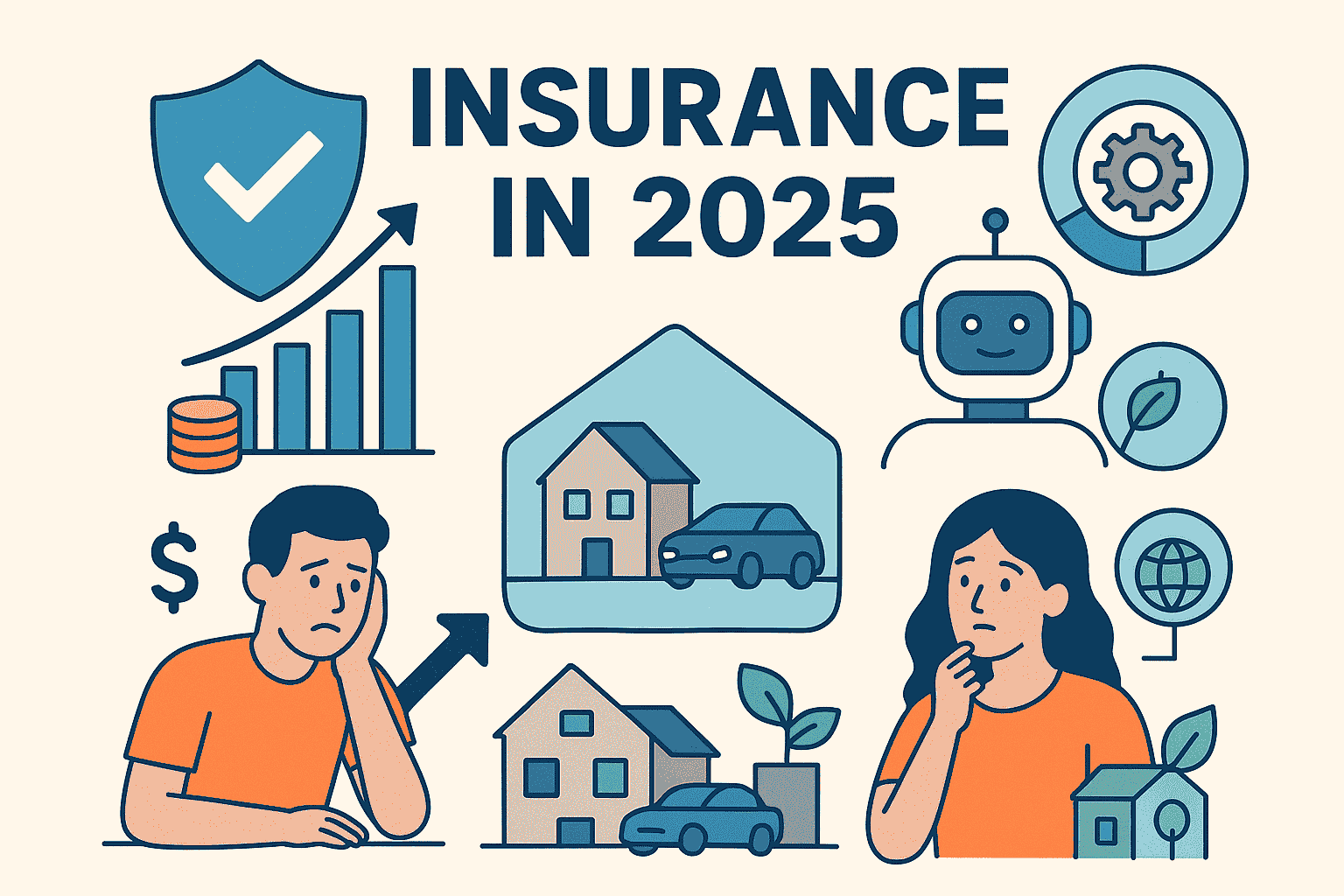
How to Save Money on Auto Insurance in 2025
Car insurance premiums have been rising steadily, but there are ways to cut costs without sacrificing coverage.
Key Strategies to Save:
- Shop Around Annually: Don’t just renew automatically; compare at least 3–5 quotes.
- Bundle Policies: Combine home, renters, or life insurance with the same company for discounts.
- Improve Your Driving Record: Clean driving history = lower premiums.
- Increase Your Deductible: Higher deductibles lower monthly premiums, but make sure you can afford the out-of-pocket cost.
- Take Advantage of Discounts: Safe driver discounts, student discounts, military discounts, and even good credit discounts (in the US) can help.
📌 Example: A driver in New York could save up to $400 annually just by bundling their car and renters insurance with one provider.
Common Mistakes to Avoid with Vehicle Insurance
Even experienced drivers make errors when buying car insurance. Avoid these common pitfalls:
- Only Buying the Minimum Required Coverage: Saves money short-term but can cost a fortune after an accident.
- Not Updating Policy Information: Changes like moving to a new city or adding a new driver can affect premiums.
- Ignoring Optional Coverage: Skipping uninsured motorist or comprehensive coverage can leave gaps.
- Not Reviewing Policies Annually: Life changes like buying a home, switching jobs, or marriage can all impact insurance needs.
Car Insurance Trends in 2025
With technology and laws evolving, auto insurance in 2025 looks very different from a decade ago.
- Telematics and Usage-Based Insurance (UBI): Devices track driving habits; safe drivers get lower rates.
- AI-Powered Claims Processing: Quicker payouts with automated systems.
- EV (Electric Vehicle) Coverage: Growing demand as EV ownership rises in the US, UK, and Canada.
- Climate Impact on Premiums: Extreme weather events are raising comprehensive coverage costs.
Insurers are becoming more data-driven, so expect personalized pricing based on driving behavior, location, and even car technology.
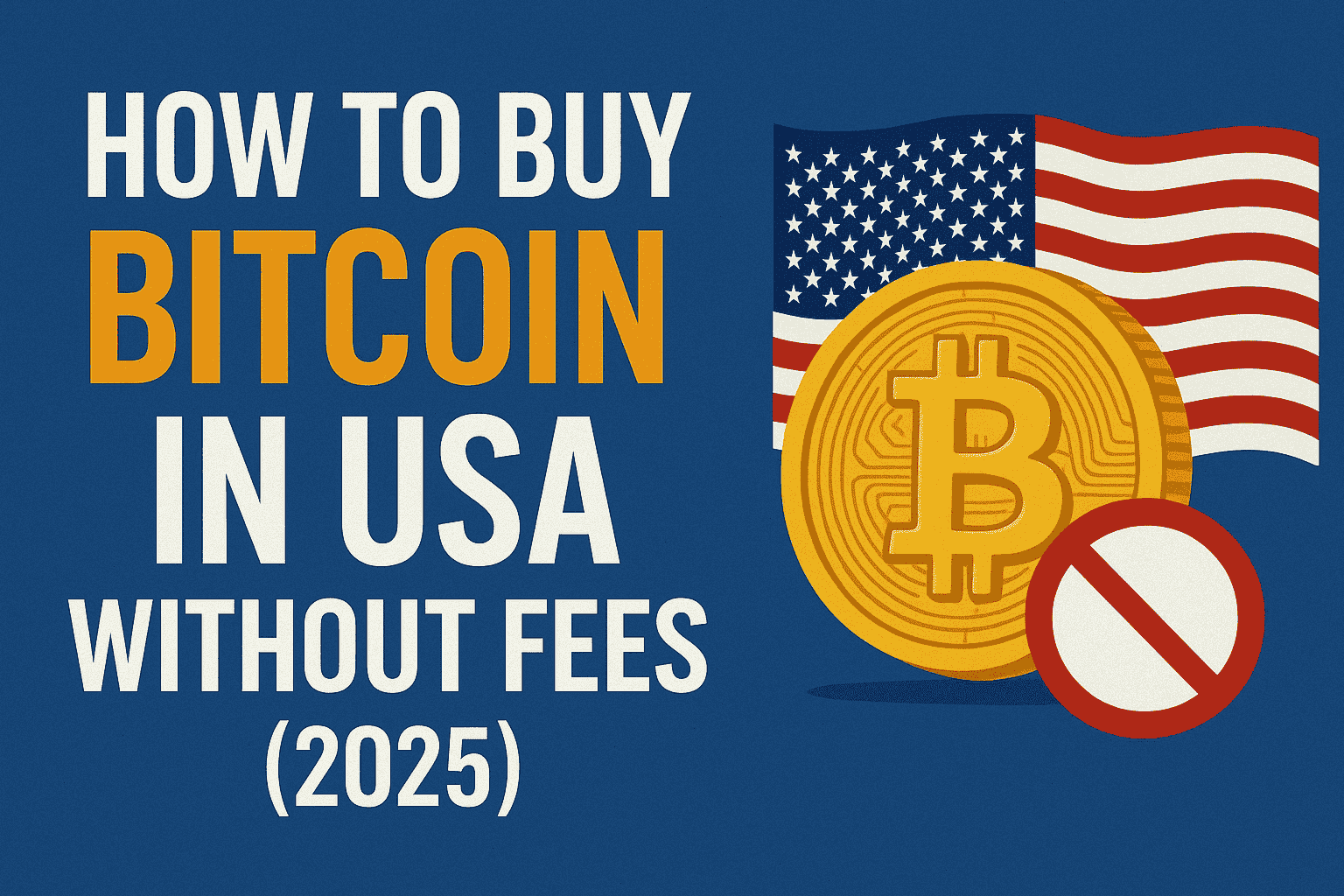
Types of Auto Insurance Coverage Explained
When shopping for vehicle insurance, you’ll find several types of coverage. Some are legally required, while others are optional but highly recommended.
Liability Insurance
This is the most basic form of coverage and is usually mandatory. It covers:
- Bodily injury liability – Pays for injuries to other people if you cause an accident.
- Property damage liability – Covers damage you cause to another person’s car, home, or property.
Collision Insurance
Pays for damage to your own car when you’re in an accident, regardless of fault.
Comprehensive Insurance
Covers damages that aren’t caused by a collision — theft, vandalism, fire, weather damage, or even hitting a deer.
Personal Injury Protection (PIP) / Medical Payments
Pays for your own medical expenses and sometimes lost wages after an accident.
Uninsured / Underinsured Motorist
Covers you if the other driver doesn’t have enough insurance (or none at all).
How Much Does Auto Insurance Cost in 2025?
One of the most common questions drivers ask is: How much will I pay for auto insurance? The answer depends on several factors.
Factors that affect insurance costs:
- Location – Drivers in busy cities like New York or London pay more than those in rural areas.
- Age & experience – Younger drivers often face higher premiums.
- Driving history – Accidents, speeding tickets, or DUIs increase rates.
- Type of vehicle – Luxury cars, sports cars, and electric vehicles usually cost more to insure.
- Coverage level – Comprehensive and collision add to the cost but provide stronger protection.
In the US, the average cost of full coverage auto insurance is around $2,000 per year in 2025. In Canada, it’s between $1,500 – $2,400 CAD annually depending on province. In the UK, comprehensive coverage averages £600 – £900 annually.
How to Get the Best Auto Insurance Rates
Everyone wants cheaper vehicle insurance, but lowering your rate doesn’t mean cutting corners on coverage. Here are some strategies:
- Shop around – Compare quotes from multiple companies before renewing.
- Bundle policies – Combine auto insurance with home or renters insurance.
- Increase deductibles – Higher deductibles lower your monthly premium (but raise out-of-pocket costs if you file a claim).
- Maintain good credit – In the US and Canada, credit score impacts insurance costs.
- Drive safely – A clean record means lower premiums.
- Ask for discounts – Many insurers offer savings for safe driving, student drivers, military service, or eco-friendly cars.
Auto Insurance in the US, Canada, and UK: Key Differences
While auto insurance serves the same purpose worldwide, the systems vary:
United States
- State-based requirements (minimum liability varies by state).
- No-fault vs. at-fault states: in no-fault states, your own insurer pays medical bills regardless of who caused the accident.
Canada
- Provincial regulations: for example, Ontario uses a no-fault system.
- Mandatory accident benefits coverage.
United Kingdom
- Minimum requirement: Third Party coverage.
- Comprehensive coverage often includes extras like breakdown assistance.
Why Auto Insurance Is Becoming More Important in 2025
The world of driving is changing — electric cars, ride-sharing, and advanced driver assistance systems (ADAS) are becoming common. Auto insurance has to adapt.
- Electric vehicles (EVs): Repairs can be more expensive, raising premiums.
- Self-driving features: Questions about liability are reshaping policies.
- Climate change: More frequent storms and floods are leading to higher claims.
- Fraud prevention: Insurers are using AI and telematics to fight false claims.
For drivers, this means being proactive: understanding your policy and updating it as your vehicle and lifestyle change.
FAQs on Auto Insurance (AEO Optimized)
What is vehicle insurance?
Vehicle insurance is financial protection that covers damages, injuries, or losses involving your car. It’s legally required in the US, Canada, and UK.
How much auto insurance do I need?
At minimum, you need the coverage required by your state, province, or country. However, full coverage (liability, collision, and comprehensive) is highly recommended for financial security.
Is auto insurance more expensive in the US, Canada, or UK?
The US and Canada typically have higher premiums than the UK due to healthcare costs and vehicle repair expenses.
Can I drive without insurance?
No. Driving without insurance is illegal in all three regions and can result in fines, license suspension, or even jail time.
What is the cheapest type of auto insurance?
In the UK, Third Party Only is the cheapest. In the US/Canada, minimum liability insurance is the cheapest — but it may not protect you fully in case of an accident.
Does vehicle insurance cover rental cars?
Some policies include rental car coverage, while others require an add-on. Always check your policy before renting.
Can I get auto insurance with bad credit?
Yes, but your rates will likely be higher in the US and Canada. In the UK, credit score has less impact on rates.
What is the difference between collision and comprehensive insurance?
- Collision covers damages from car accidents.
- Comprehensive covers non-collision incidents like theft, fire, or natural disasters.
Conclusion: Drive Safe, Stay Protected
Auto insurance may feel complicated, but it’s really about one thing: protecting yourself and your finances. Whether you’re in the US, Canada, or the UK, having the right vehicle insurance ensures you’re not left with a massive bill after an accident.
By understanding the different types of coverage, comparing quotes, and keeping up with changes in the industry, you can secure affordable, reliable auto insurance that gives you peace of mind every time you hit the road.

